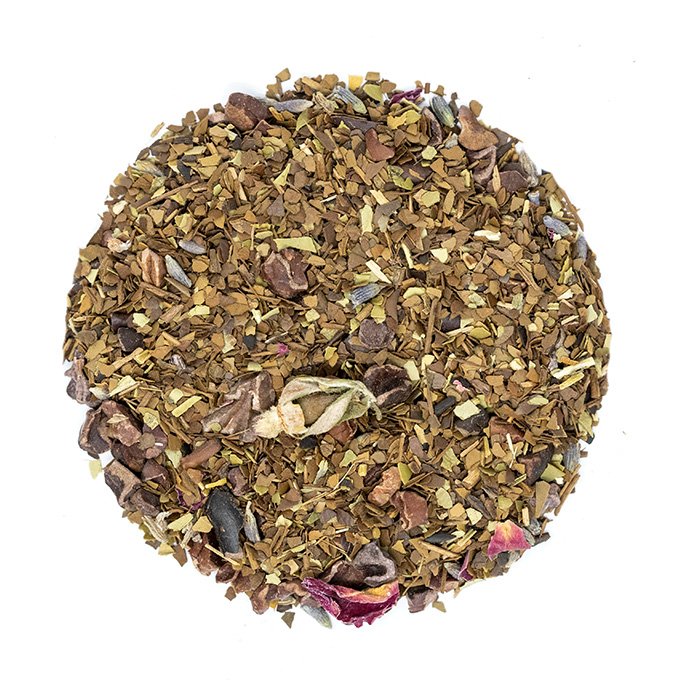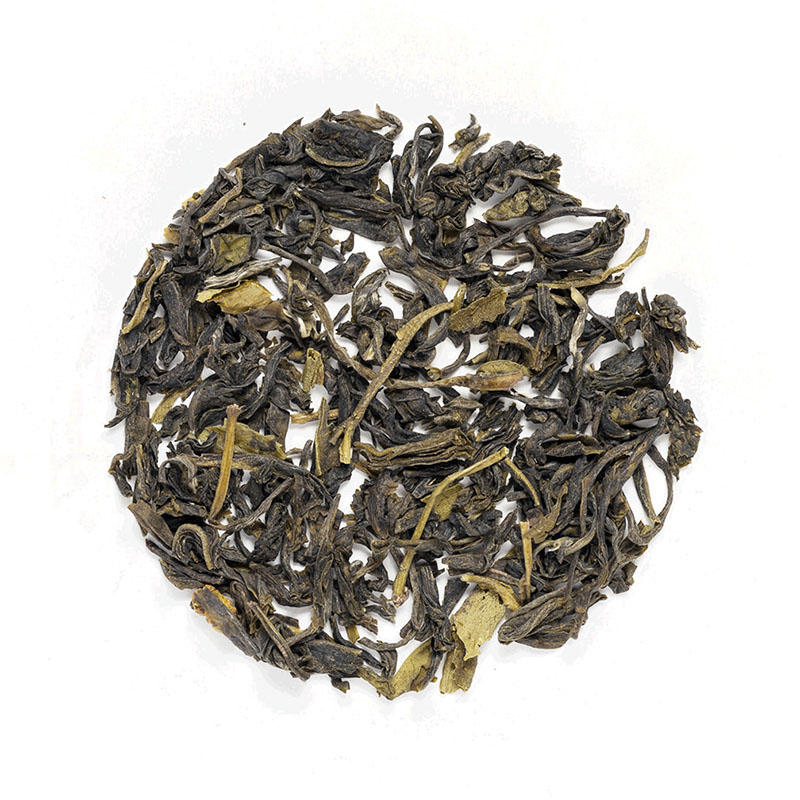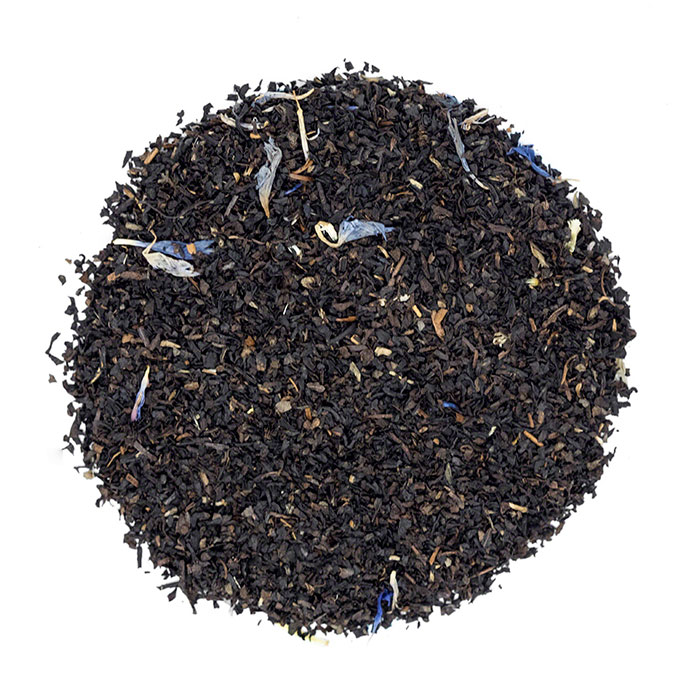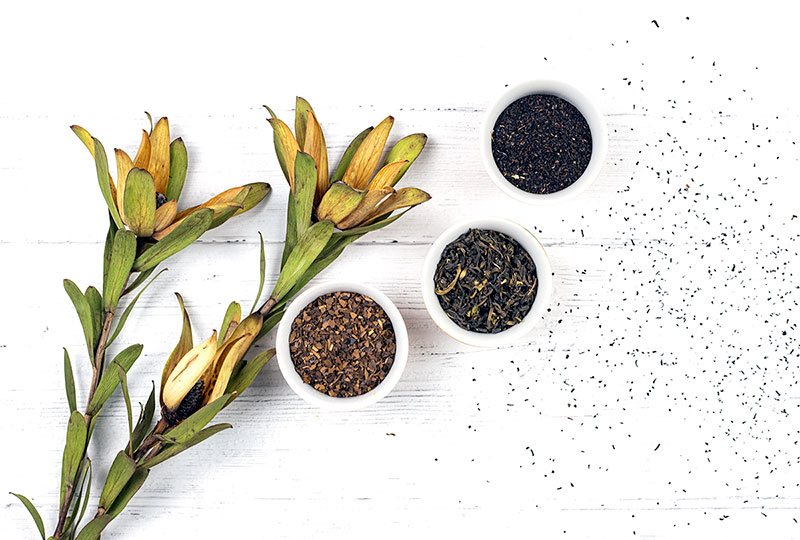Top South American Teas to Try
When talking about tea, South America is one of the last continents you would think of. However, it’s a home to many unique teas, both real and herbal. Some of them are grown exclusively on the South American continent, some are already popular worldwide, many contain caffeine, and some cannot be tasted anywhere except in South America. Read what are the top South American teas to try.
1. Yerba mate
Ilex paraguariensis plant or yerba mate is a South American plant used for making popular herbal tea. However, Yerba mate is more than just a tea – it has a strong cultural and traditional importance and it’s a part of daily life. This traditional south American drink is a national drink of Brazil, Argentina, Paraguay and Bolivia.
It’s available in powdered and loose leaf style and often roasted too. Roasted mate is great for making iced tea. What’s really interesting about this plant is that is contains caffeine–just like real teas. Mate leaves have a very specific herbaceous, slightly bitter flavor. Drinking mate tea may provide numerous health benefits. In South America, people drink yerba mate from a special tea gourd or calabaza through a special silver stainless steel metal straw–bombilla. It’s steeped in hot but not boiling water. Yerba mate is available online from many specialized tea shops.
Read more: Yerba mate vs. green tea

#9 Mate herbal tea blended wtih roasted and green yerba mate, cacao nibs, lavender and rose petals
2. South American Camellia sinensis tea
Although most real tea comes from Asian countries, South America is a home to some truly unique Camellia sinensis teas. In fact, some countries, such as Argentina, are among top 10 tea producers in the world. So, if Argentina is producing so much tea, why it’s not as popular as Asian teas? Because most of it is used for blending. However, artisan loose leaf tea is available too. Brazil, Colombia and Bolivia are all producing Camellia sinensis teas. Curious to see how it tastes? Try Bitaco Green from Colombia.

Bitaco Green tea from Colombia
3. Cascara tea
Cascara or coffee cherry tea is a herbal infusion made from the skin of coffee fruit. Although cascara tea is not exclusive to South America, it got its name from the Spanish word–husk. It’s produced and consumed in coffee-producing countries, such as Bolivia. Cascara tea contains caffeine and has a slightly sweet flavor, very different from bitter coffee beans. It may provide antioxidant activity, and a laxative effect. Cascara tea is available from many specialised shops.
4. Cacao husk tea
Cacao husk tea is another husk tea specific to South America. It’s made from shells of cocoa beans. Cacao husk tea is one of the most delicious infusions. Flavor is similar to dark chocolate, but with a lighter texture. Cacao husks contain caffeine and theobromine[1], a compound that may positively affect the mood and provide antioxidant activity[2].
5. Acai berry tea
Acai berry is a type of dark purple-blue berries extremely popular in South American countries. They are used for adding flavor and color to drinks and desserts and for making tea. Acai berries have a tart, slightly bitter flavor and may provide different health benefits. They are very rich in nutrients and contain polyphenols, iron, vitamin E, and unsaturated fatty acids[3], and may offer antioxidant, anti-inflammatory, anti-cancer, antimicrobial and antiviral activity[4] and improve brain health[5]. Fresh acai berries may not be easy to find, but acai berry flavored teas are a great way of getting to know these berries.

Acai Berry flavored black tea
6. Guayusa tea
Guayusa or Ilex guayusa is another caffeinated plant from South America. Just like yerba mate, it may be a good alternative to a cup of coffee or regular tea. However, both mate and guayusa usually contain less caffeine than real tea. It’s mostly grown in Brazil, Paraguay, Argentina and Uruguay. Guayusa belongs to the same botanical genus as yerba mate tea, and may provide similar benefits: antioxidant, anti inflammatory, antibacterial, anticancer, neuro-protective, anti-obese, antidiabetic and cardiovascular protective activity[6]. It has a herbaceous flavor, but it’s less bitter than mate tea. Guayusa is available from specialized shops.
7. Coca leaves tea
Coca tea is a tea made with leaves of coca plant, native to South America, same plant used for making cocaine. Regardless of its illegal status around the world, coca leaf tea is quite popular and not considered illegal in some South American countries. In fact, coca leaf tea may provide health benefits too. It’s commonly used for its medicinal purposes, especially for treating altitude sickness[7]. However, coca leaf is one of the herbal teas you shouldn’t try to buy as a souvenir. If you ever decide to try it, keep in mind that it contains the same substances as cocaine–although in much smaller doses.
Disclaimer: This article is for informational purposes only. It’s not intended to replace medical advice, diagnosis or treatment. Every person is different and may react to different herbs and teas differently. Never use teas or herbs to treat serious medical conditions on your own. Always seek professional medical advice before choosing home remedies.
References:
[1] https://www.researchgate.net/publication/337495532_Determination_of_Theobromine_and_Caffeine_in_Theobroma_cacao_Husk_from_Ethanolic_Extract_by_GC-MS_after_CC_Separation
[2] https://www.researchgate.net/publication/271766043_The_relevance_of_theobromine_for_the_beneficial_effects_of_cocoa_consumption
[3] https://www.ncbi.nlm.nih.gov/pubmed/32092924
[4] https://www.researchgate.net/publication/286767042_Cardiovascular_and_Metabolic_Effects_of_Acai_an_Amazon_Plant
[5] https://www.ncbi.nlm.nih.gov/pmc/articles/PMC5613902/
[6] https://www.ncbi.nlm.nih.gov/pmc/articles/PMC6265843/
[7] https://www.wemjournal.org/article/S1080-6032(15)00308-7/pdf





